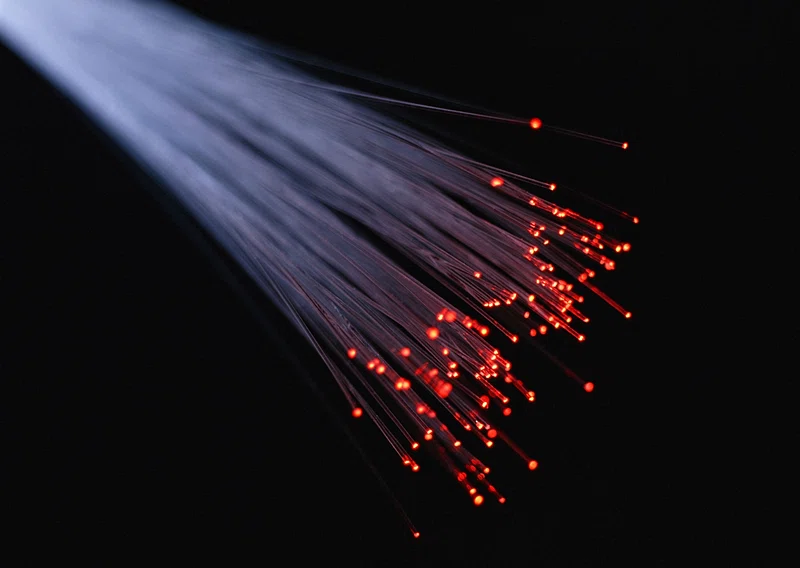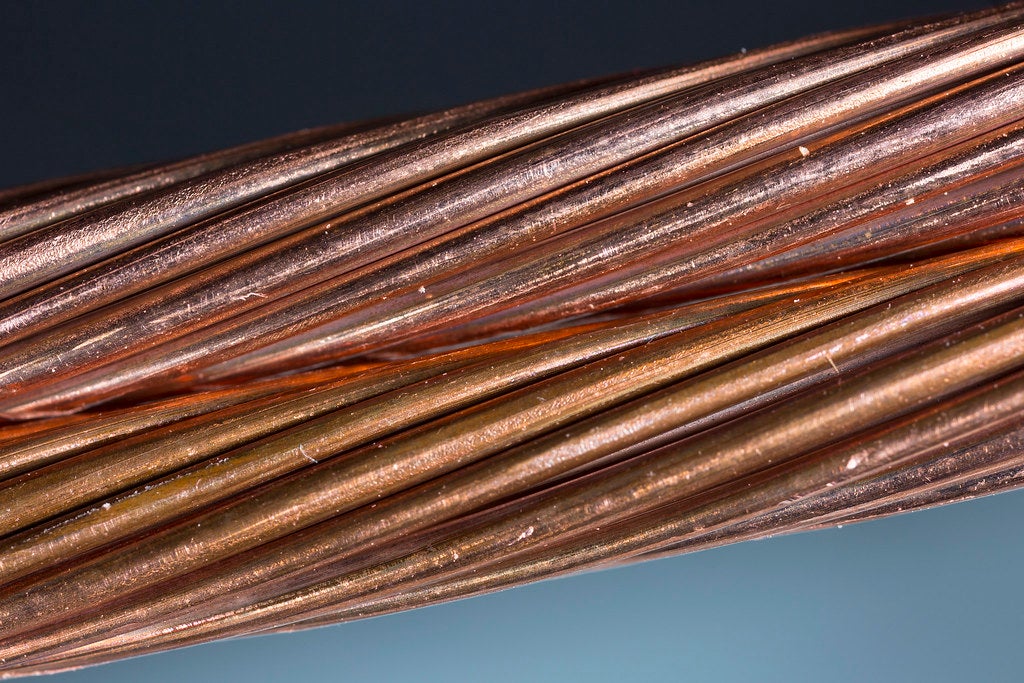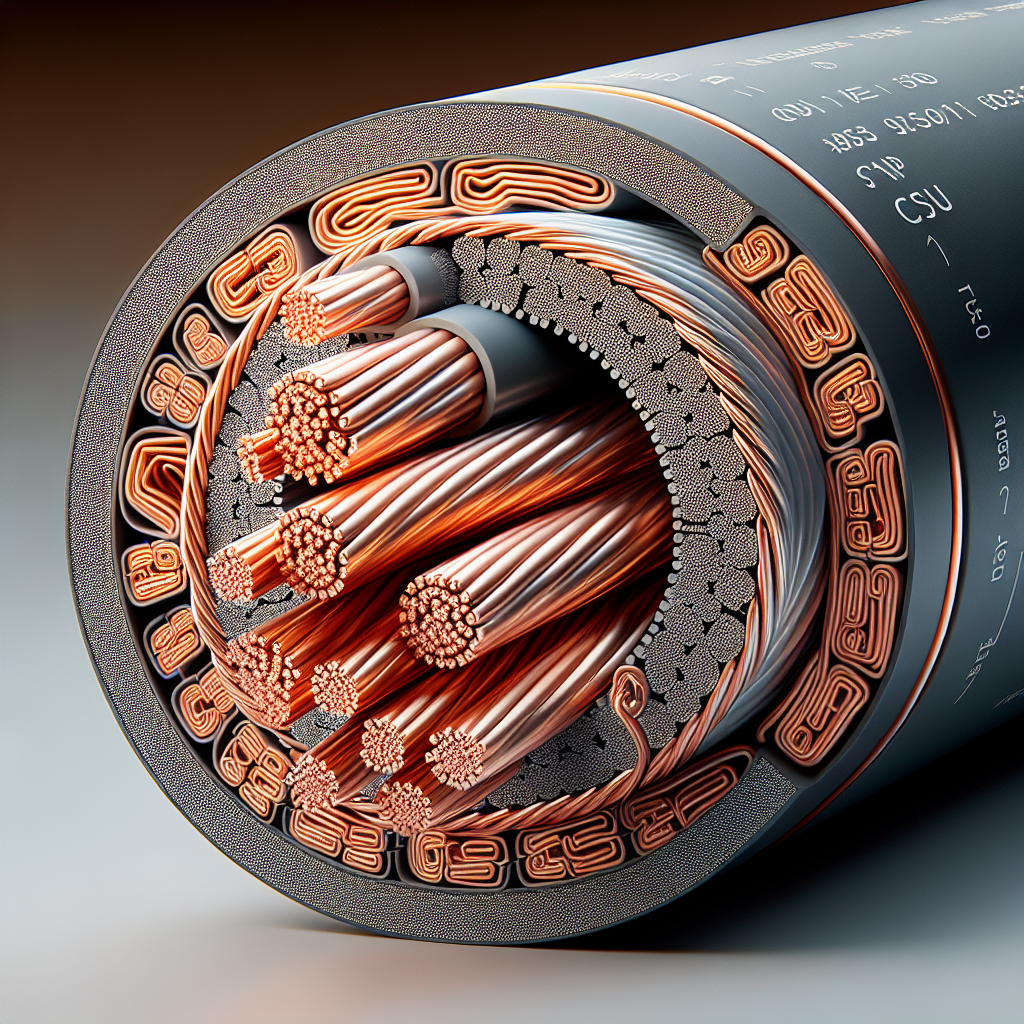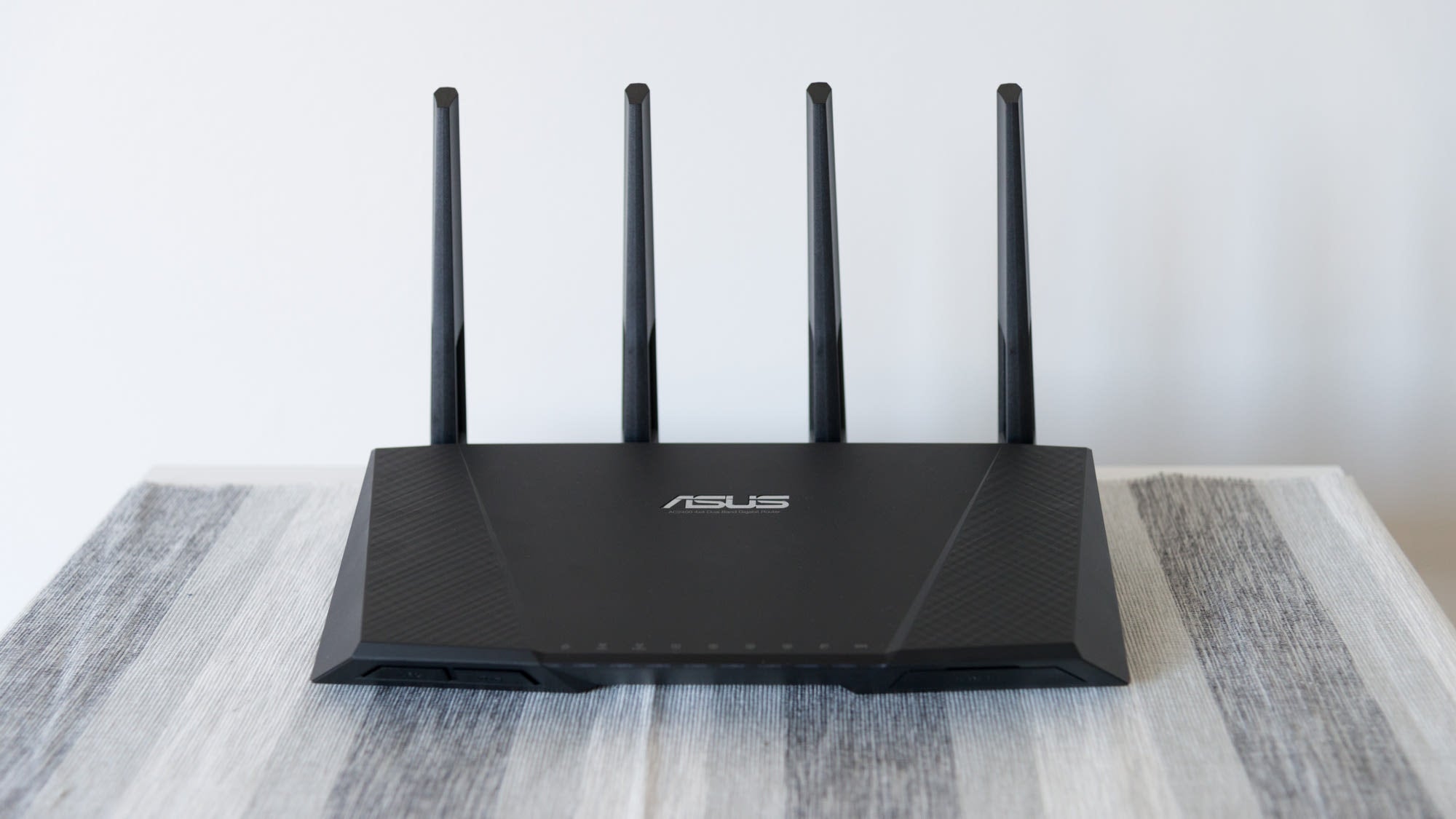When it comes to internet connectivity, the debate between fiber and copper has been alive for a long time. Both these mediums have their unique advantages and disadvantages, which we will learn in this article. But first, let's understand what we mean by copper vs fiber, and set the stage for our comparison.
Key takeaways on fiber vs. copper networks (The TL;DR)
Before diving into the technical side, here are key takeaways:
- Fiber optic cables use light pulses to transmit data, offering higher bandwidth and speed than copper wires, which rely on electrical signals.
- Fiber supports terabits per second with minimal signal loss, while copper handles gigabits per second but degrades over distance and faces interference.
- Installation costs for fiber are higher, but longer lifespan, low maintenance, and durability often make it more cost-effective than copper in the long run.
- Fiber provides stronger security because it does not radiate signals, making tapping harder to achieve and easier to detect than with copper.
- Copper fits easily into existing infrastructure, but fiber requires upgrades; however, fiber is considered more future-proof as data demands continue to rise.
This guide compares fiber and copper across speed, cost, security, and durability, helping you decide based on budget, infrastructure, and long-term needs.
But you probably don’t need to change your workflow if your current setup already matches your business requirements.
Understanding Fiber Vs. Copper
Fiber optic cables and copper cables are two of the most commonly used mediums for transmitting data in today's world. They differ in their core technology, with fiber cabling using light to transmit data, and copper wire being used to carry electrical signals. The choice between these two often depends on various factors such as data transmission speed, cost, reliability, and compatibility with existing infrastructure.
A fiber optic cable is composed of incredibly thin strands of glass or plastic known as optical fibers. Data is transmitted in the form of light pulses along these fibers. The fiber optic technology has revolutionized data transmission, offering high-speed data transfer over long distances without significant signal loss.
Copper cabling, on the other hand, have been the traditional choice for transmission. They use electrical signals to transmit data over copper wires. While they may not offer the same high-speed transmission as fiber optics, they are cheaper and compatible with most existing infrastructure.
Now that we have a basic understanding of what copper and fiber cables are, let's dive into a detailed comparison of these two technologies.
Fiber Vs. Copper
Bandwidth Capabilities
Bandwidth is the data transfer capacity of a network. It's the maximum amount of data that can be transmitted in a fixed amount of time.
Fiber Optic
Fiber optic is known for its high bandwidth capacity. It can support data transmission up to several terabits per second. This high bandwidth makes fiber optic cabling ideal for businesses or applications that require heavy data transmission.
Copper
Copper cables, while offering less bandwidth than fiber optics, can still support data transmission up to several gigabits per second. This is sufficient for many small businesses or home networks.

Cost
The cost of network installation can be a significant factor when choosing between fiber and copper.
Fiber Optic
Fiber optic cables are generally more expensive to install than copper cables due to the cost of the cables themselves and the specialized installation process. However, the higher initial cost can be offset by the lower maintenance costs and longer lifespan of fiber optic cable.
Copper
Copper cables are less expensive to install and are readily available, making them a more economical choice for small businesses or home networks. However, they may require more maintenance and have a shorter lifespan than fiber optic cables.

Speed
Speed is a measure of how fast data can be transmitted over a network.
Fiber Optic
Fiber optic cables can transmit data at incredibly high speeds, often several times faster than copper cables. This makes them an excellent choice for applications that require high-speed data transmission, such as streaming services or online gaming.
Copper
Copper cables can also offer high-speed data transmission, although not as fast as fiber optic cables. However, for many applications, the speed offered by copper cables is more than sufficient.

Reliability
Reliability is a measure of the consistency and stability of a network's performance.
Fiber Optic
Fiber optic cables are highly reliable. They are immune to electromagnetic interference and can transmit data over long distances without significant signal loss.
Copper
While copper wire is generally reliable, it can be susceptible to electromagnetic interference and may experience signal loss over long distances.

Security
Security is a critical concern for any network. Both fiber and copper cables offer different levels of security.
Fiber Optic
Fiber optic cables are highly secure. As they do not radiate signals, they are difficult to tap. Any attempt to breach the cable will disrupt the light transmission, making it easy to detect any potential security breaches.
Copper
Copper cables, while secure, can be susceptible to tapping. The electrical signals they transmit can be intercepted, posing a potential security risk.

Durability and Lifespan
The durability and lifespan of a network cable can impact its total cost of ownership.
Fiber Optic
Despite being made of glass, fiber optic cables are surprisingly durable. They can withstand significant pressure and have a long lifespan, often up to 50 years under ideal conditions.
Copper
Copper cables, while durable, may need to be replaced more frequently than fiber optic cables. They are more susceptible to wear and tear and can degrade over time.

Compatibility with Existing Infrastructure
When upgrading a network, the compatibility of the new cables with the existing infrastructure is an important consideration.
Fiber Optic
Fiber optic may require some upgrades to the existing infrastructure. However, many modern network devices are compatible with fiber optic cables, making the upgrade process easier.
Copper
Copper cables are compatible with most existing infrastructure, making them an easy option for network upgrades.

Future-Proofing Your Network
When investing in a network upgrade, it's important to consider not just your current needs, but also your future requirements.
Fiber Optic
Fiber optic cables are considered future-proof. They offer high-speed data transmission and high bandwidth, making them capable of meeting the increasing demands of modern technology.
Copper
While copper cable can meet the current needs of many businesses, it may not be able to keep up with the increasing demands of future technologies.

Conclusion
The choice between fiber and copper largely depends on your specific needs and circumstances. While fiber optic cable offers superior performance in terms of speed, bandwidth, and reliability, it is also more expensive to install and may require hardware and equipment upgrades. On the other hand, copper is cheaper and easier to install, but may not offer the same high performance as fiber optics.
In the end, the decision between fiber vs. copper for your business internet connectivity will depend on a variety of factors, including your budget, current infrastructure, and future needs.
If you're unsure about the best option for your business, don't hesitate to get in touch with the experts at Infinium. We can help you assess your needs and make the right choice for your business.
Frequently Asked Questions

Will fiber replace copper?
Fiber optic cabling is progressively becoming the preferred choice for telecommunications and data transmission due to its superior performance in bandwidth and reliability over long distances. However, copper cable still has a significant role in existing infrastructure and specific applications where its performance is adequate. While fiber optics are on the rise, completely replacing copper is unlikely in the near future due to the cost implications and the practicality of upgrading existing systems.
Is fiber more expensive than copper?
The initial costs associated with fiber optic technology, including installation and equipment, are generally higher than those for copper. This is due to the specialized materials and labor required for fiber optics. However, the long-term benefits of fiber, such as lower maintenance costs and higher data transmission rates, can offset these initial expenses, making fiber a cost-effective solution over time.
What are the disadvantages of fiber optics over copper?
Fiber optics come with higher initial costs and require specialized skills for installation and maintenance, which can be a disadvantage compared to copper. The glass material of fiber optic cables, while offering superior transmission qualities, is more fragile than the metal used in copper, posing a risk in certain environments. Additionally, upgrading to fiber optics from copper can necessitate significant changes to existing infrastructure, including the replacement of legacy equipment.
Are fiber and copper used in creating Ethernet cabling?
Yes, both copper and fiber optic materials are to create ethernet cabling, catering to different networking needs and environments. Copper Ethernet cables, such as Cat5e, Cat6, and Cat7, are widely used for short to medium distances and offer the advantage of powering devices through Power over Ethernet (PoE). Fiber Ethernet cables, on the other hand, are ideal for long-distance data transmission and environments requiring high bandwidth and immunity to electromagnetic interference.